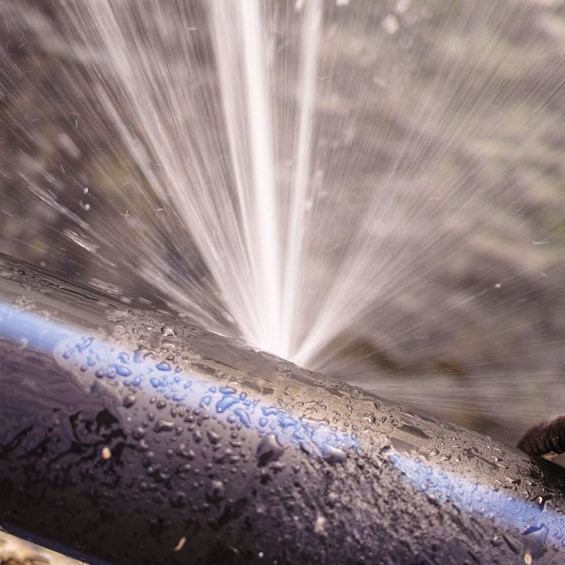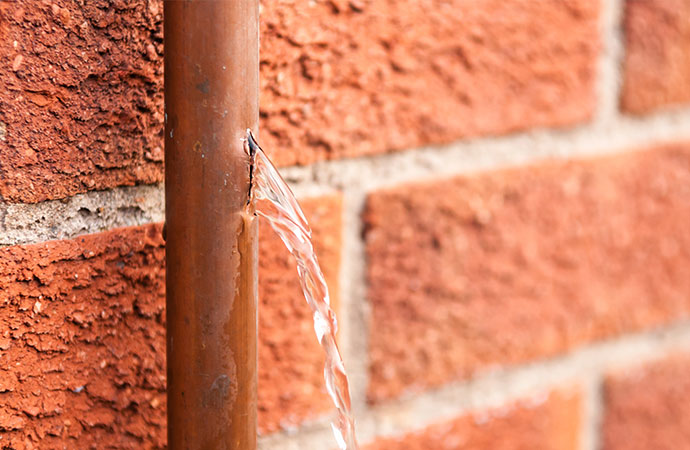How To-Steps for-Quick Guide to Spotting-Identifying-Finding and Fixing-Repairing-Mending a Burst-Broken-Split Pipe Swiftly-Quickly-Promptly
How To-Steps for-Quick Guide to Spotting-Identifying-Finding and Fixing-Repairing-Mending a Burst-Broken-Split Pipe Swiftly-Quickly-Promptly
Blog Article
We've unearthed this post about How to Prepare for Your Dishwasher Installation down the page on the web and decided it made sense to relate it with you on my blog.

A burst pipeline is a significant emergency; you can just stand as you watch water you pay dearly to reunite with the earth. In worse situations, you observe a swimming pool on your kitchen flooring, which is a terrific trip danger, particularly if you have kids around. If the pipeline that ruptured remained in your wall surfaces, bad news: you may require to paint that whole area.
Just how can a tragedy like a burst pipe be avoided and also managed? Well, by listening to your specialist emergency plumbers and complying with these regulations.
How do I understand when my pipes have burst?
Changing water stress
Pipes do not just burst in a day. You may have seen that your kitchen faucet or shower does not run immediately when you transform the tap. It might stop briefly for a few seconds and afterwards blast you with even more force than common.
In other circumstances, the water may seem normal at first, after that drop in pressure after a couple of seconds.
Polluted water
Lots of people think a ruptured pipeline is a one-way electrical outlet. Quite the contrary. As water flows out of the hole or gouge in your plumbing system, contaminants discover their way in.
Your water may be contaminated from the resource, so if you can, examine if your water storage tank has any problems. However, if your alcohol consumption water is supplied and detoxified by the local government, you must call your plumber instantly if you see or scent anything funny in your water.
Puddles under pipes and also sinks
When a pipe bursts, the outflow creates a puddle. It may show up that the puddle is expanding in size, and no matter the number of times you wipe the pool, in a few minutes, there's one more one waiting to be cleaned up. Frequently, you may not be able to map the puddle to any kind of noticeable pipes. This is a sign to call a professional plumber.
Wet wall surfaces and water discolorations
Before a pipeline bursts, it will certainly leakage, the majority of times. If this consistent leaking goes unnoticed, the leakage might graduate right into a large gouge in your pipe. One very easy means to avoid this emergency is to keep an eye out for wet wall surfaces advertisement water spots. These water discolorations will lead you right to the leakage.
Untraceable trickling sounds
Pipe ruptureds can happen in the most unpleasant areas, like within concrete, inside walls, or under sinks. When the house goes quiet, you might be able to hear an irritatingly relentless dripping noise. Also after you've examined your shower head and kitchen area faucet, the leaking might proceed.
Dear visitor, the trickling may be originating from a pipeline inside your walls. There isn't much you can do regarding that, other than inform an expert plumber.
Turn up the Warm
Establish followers to blow warmth right into cold spaces. Maintain the garage door shut. If you have actually reduced water flow, warm the most susceptible pipelines (generally in cellars and also crawl spaces or near exterior walls) with a hair dryer. Leave the faucet on while you apply warm. As you thaw ice, the flow will certainly enhance. To avoid pipes from freezing, protect your wall surfaces.
Begin Getting Rid of the Water
Order the wipe, containers and a shop vacuum to begin to get rid of the water due to the fact that you definitely don't desire it soaking right into every little thing else in your house. And also, a quick clean up will decrease the possibilities of something getting moldy.
What do I do when I find a burst pipe?
Your water meter will continue to run also while your water wastes. To decrease your losses, find the main controls as well as turn the supply off. The water pipe are an above-ground framework at the edge of your building.
How to Fix & Detect a Leaking Pipe
How Do I Know if a Pipe is Leaking?
Leak detection tests can help you determine if your pipe has a leak. Even if you don’t see an apparent leak, you should still conduct leak detection tests regularly to save water and money—and prevent major damage to your home.
Water meter. It can be helpful to figure out what your usual water meter usage numbers are and then monitor them regularly. To monitor your meter, first, turn off all water faucets in your home. Check the meter and write down the numbers. In a few hours, check the meter again. If the numbers have changed, you have a leak. Water gauge. Use a water gauge to test your water pressure. Your showerhead should produce a certain amount of water pressure based on its model and design. If the pressure is lower than it is supposed to be for that specific showerhead, your home likely has a leak. Puddles. Look inside your bathroom, laundry, and kitchen sink cabinets. Puddles around the cabinets or around toilets, tubs, showers, and washing machines indicate the presence of a leaking pipe. You may also notice loose tiles, peeling or flaking paint, or mold caused by water accumulation. Napkin test. Even if you don’t see any puddles, you may still have a leak. You can test for water leaks in the bathroom, laundry, and kitchen by wiping below-sink connections with a napkin, paper towel, or piece of toilet paper. If it becomes damp, you probably have a leaking pipe under the sink. Discolored walls. Walls that are discolored—usually with brown or yellow stains—or bulging might mean that they have been impacted by water damage caused by a leaking pipe. Smell. A leaky pipe will create sitting water, and over time, that water may develop a musty smell. If your home smells musty, but you can’t locate the source, it may be due to a leak. Steps for Fixing a Leaking Pipe
A leaky drain can be remedied by tightening the pipe base, replacing the drain seal, caulking the rim, and tightening the pipe nut. Similarly, a leaking toilet pipe can be treated by tightening the packing nut. You may also need to replace the valve. A leaky faucet may just need tightening or replacement of the washers. If that doesn’t work, consider replacing your faucet. If your pipe has a hole in it, you may want to use a pipe leak sealer or pipe leak tape. This quick fix for water pipe leaks can also temporarily fix a copper pipe leak. https://www.ahs.com/home-matters/quick-tips/how-to-tell-if-pipes-are-leaking/

I ran across that blog posting on What to Know Before Installing a Dishwasher while perusing the web. Sharing is nice. Helping others is fun. We love reading our article about How to install a dishwasher safely.
Ensure leak-free homes. Report this page